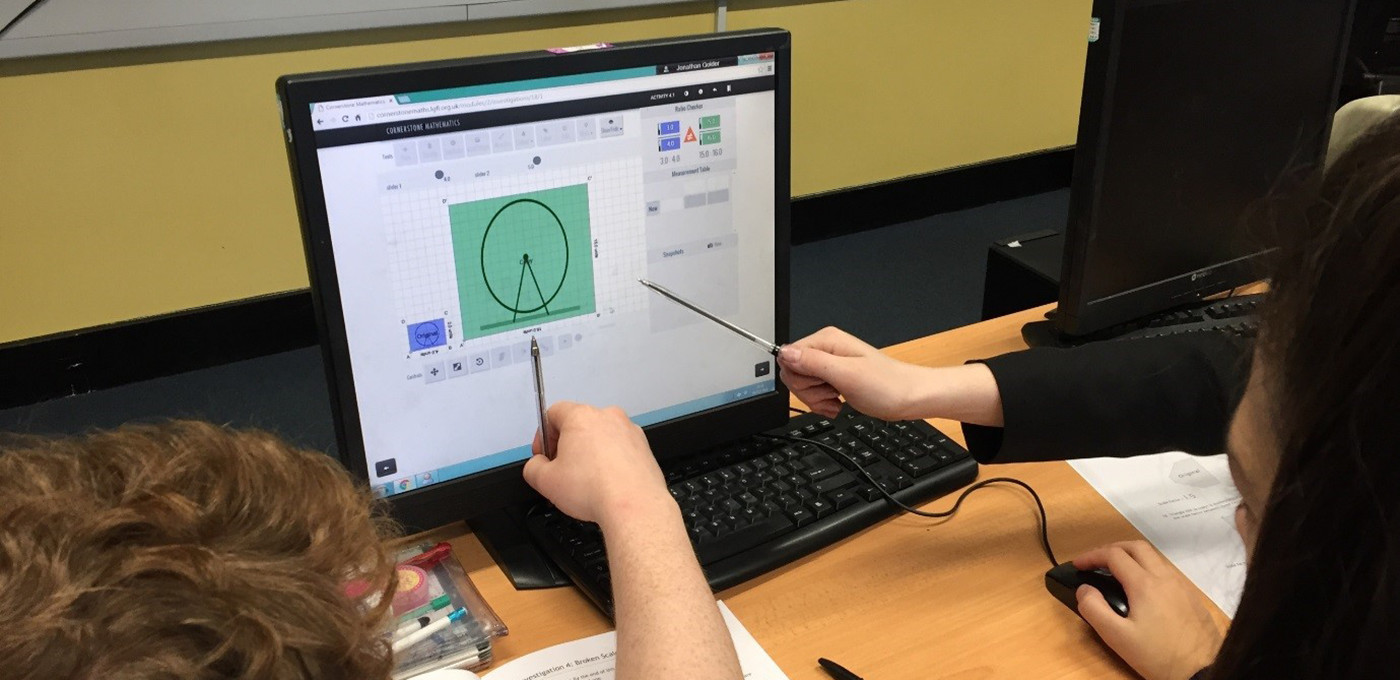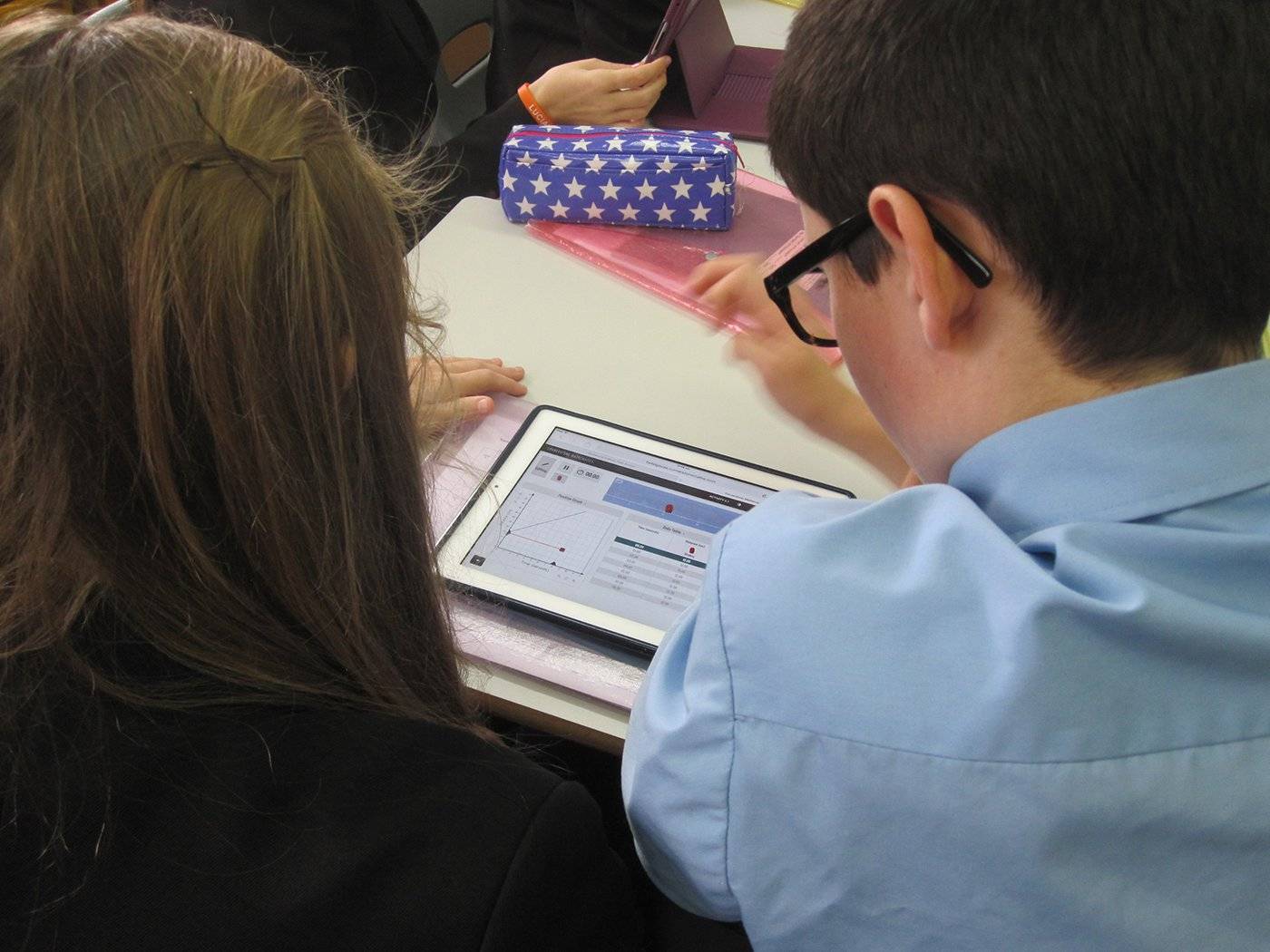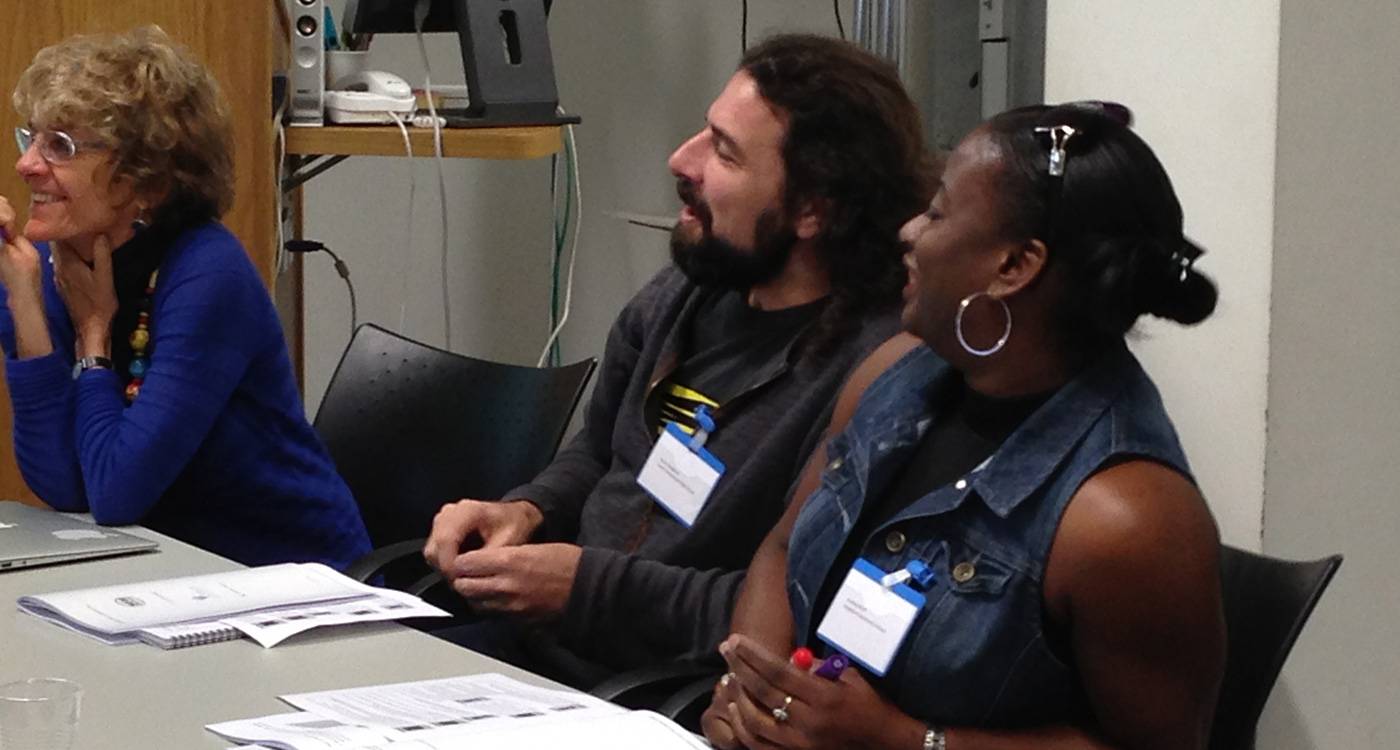Digital technology for dynamic mathematics
Making sense of its underuse.

2 January 2018
By Alison Clark-Wilson.
Internationally, we have had dynamic digital technologies available to support pupils to understand school mathematics for over twenty years. Most secondary maths teachers know of dynamic graphing and geometry applications - like Autograph, Cornerstone Maths, Desmos and Geogebra - but only a small proportion of teachers in England offer their pupils the opportunity to learn mathematics using these tools.
Repeated research studies have reported the many ways that dynamic technologies can support deep and lasting learning - by offering pupils connected multiple representations (graphs, tables of values and equations) - and by providing tangible mathematical objects to explore (a shape to enlarge, or an angle to change).
However, such studies often also conclude just how challenging it is for teachers to develop both the knowledge and skills to realise the potential of the technology, giving rise to a need to research the new knowledge and practices that maths teachers in the digital age might be required to develop.
Why is it such a challenge for most teachers to integrate dynamic digital technologies in secondary maths?
The DDT4DM project set out to research the impact on teachers' mathematical knowledge and practice as they began to use dynamic mathematical technologies (DMT) in their teaching of key topics in key stage 3 (KS3) maths. This is set within the context of known underuse in English mathematics classrooms.
During the two-year project, 200 teachers from 42 London schools were given a tried-and-tested mathematics curriculum (Cornerstone Maths) embedding DMT, covering part of KS3. They also offered the teachers professional development (PD). The research identifies a number of effective classroom practices and points to the necessary conditions for these to happen.
Using tech to help teach
 The idea of a teachers' 'mathematical pedagogical technology knowledge' - the integrated 'know-how' to exploit the dynamic aspects of mathematical technologies within classroom teaching - was adopted to identify important aspects of this knowledge in order to teach 'hard-to-teach' topics with technology at key stage 3: algebraic generalisation, linear functions and geometric similarity.
The idea of a teachers' 'mathematical pedagogical technology knowledge' - the integrated 'know-how' to exploit the dynamic aspects of mathematical technologies within classroom teaching - was adopted to identify important aspects of this knowledge in order to teach 'hard-to-teach' topics with technology at key stage 3: algebraic generalisation, linear functions and geometric similarity.
The research also questioned the design features of professional development activities for key stage 3 mathematics teachers that support them to use DMT in ways that become embedded in their practice and lead to effective learning.
Initially, the researchers found that project teachers were not using the DMT available to them because they felt they lacked training, knowledge and confidence - despite adequate provision and web access, 37% of teachers had never used DMT in their lessons, with 45% using it occasionally, and only 9% using it regularly.
This also presents a significant challenge as it requires teachers to:
- Rethink the underlying mathematical concepts, given that the dynamic elements offer new representations that make the mathematics more tangible
- Dedicate time to both become personally fluent with the technology and develop how they will exploit its dynamic features in their teaching
- Develop their 'curriculum script' - the vocabulary and questioning to support pupils' technological experiences such that lessons maintain a high mathematical focus.
PD is key
 Professional development to support teachers to implement DMT in their classrooms needs to blend face-to-face sessions that involve first-hand experiences with the DMT alongside PD tasks that deepen teachers' understandings of the mathematics at stake and promote lesson planning for common activities.
Professional development to support teachers to implement DMT in their classrooms needs to blend face-to-face sessions that involve first-hand experiences with the DMT alongside PD tasks that deepen teachers' understandings of the mathematics at stake and promote lesson planning for common activities.
A cyclical PD approach that adapted 'lesson study' over a period of 6-8 weeks, was a model reported to be successful by the participating teachers. However, teachers who engaged in three cycles over the period of one-year reported more notable developments in both their confidence to use DMT (a key factor for sustainability) and their resulting classroom practice.
 Close
Close

